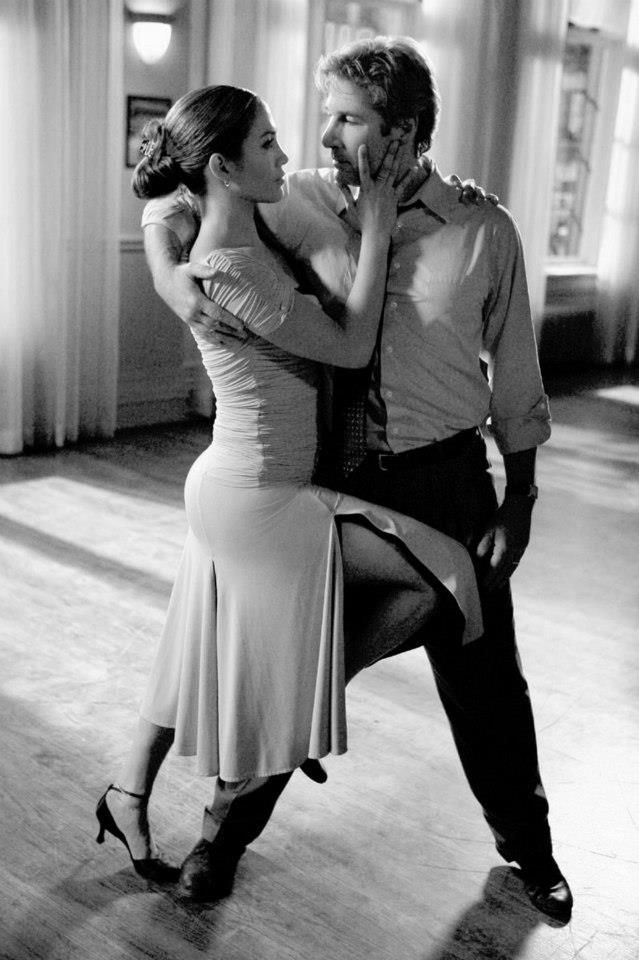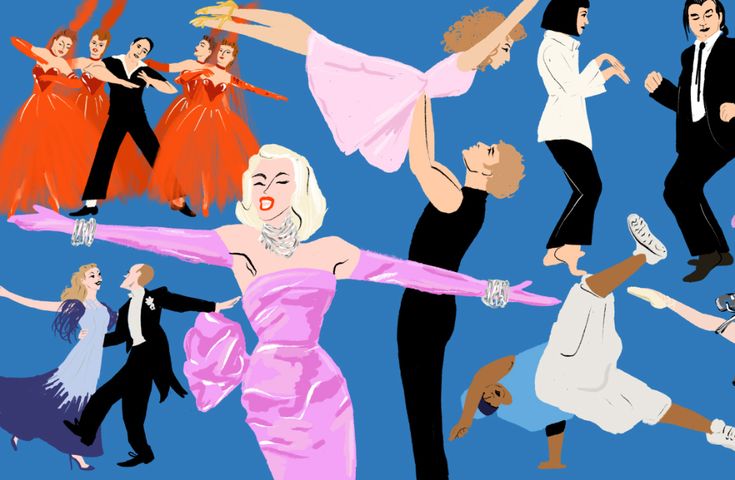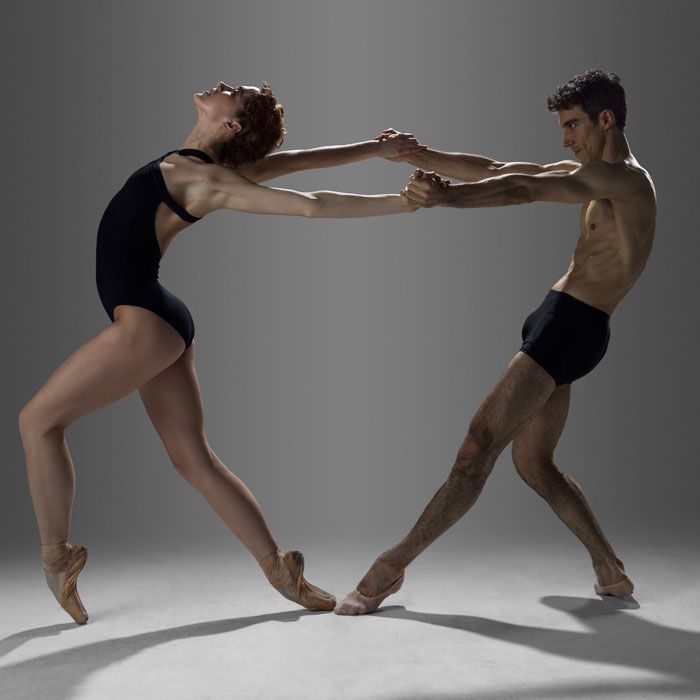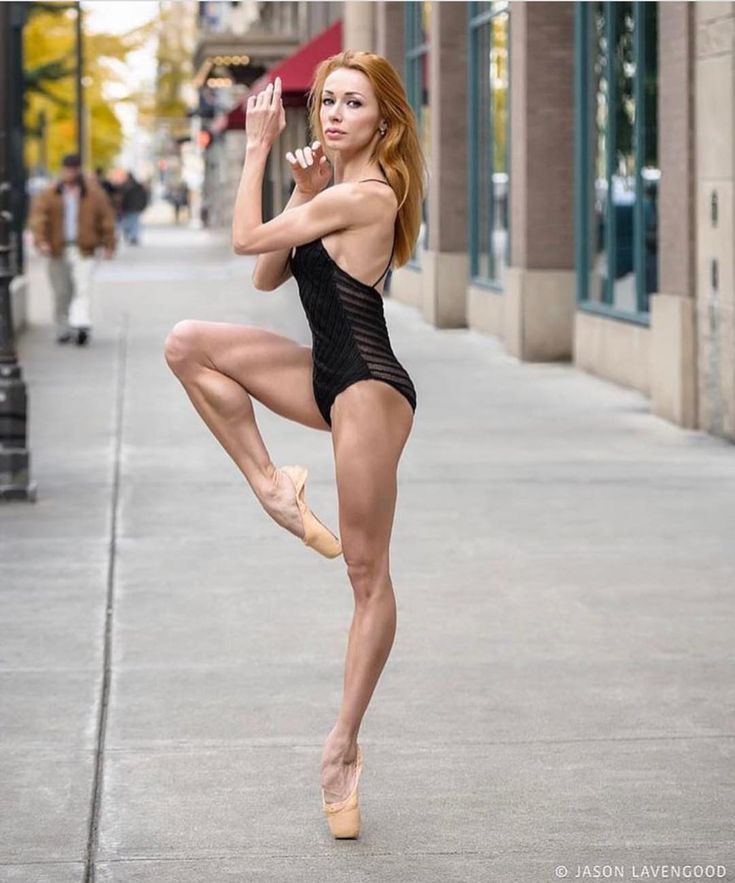How to dance salsa advanced
| An Advanced Salsa Secret Revealed – Dancing Behind the Beat
Advanced salsa dancers practice a key but subtle timing habit that significantly enhances their smoothness, creativity, and connection to their partner. The skill is so subtle, in fact, that many great dancers don’t even know they’re doing it! But with practice, anybody can master this invaluable technique…
For many beginners, learning to dance on the beat is a major challenge. This is because the salsa percussion is busy, complicated, and fluid. Like jazz, salsa demands a rhythmically practiced ear – as well as muscle memory – in order to maintain the beat throughout an entire song.
But while dancing on the beat is a key stepping stone in the road to becoming a truly advanced salsa dancer, we’d like to suggest that it not be your ultimate goal.
Why? Simply put, because good dancers move their feet and bodies on the music, while great dancers move their feet and bodies to the music. There is a difference – a big one, actually! And understanding this difference can help elevate your salsa dance experience to higher levels.
Music / Dancer Dynamic – “React to the Rhythm!”
The art of salsa dancing is commonly passed on by inspiration. You see someone who inspires you to emulate their style, or at least a certain aspect of it. You respect something about the way he or she expresses the music in artistic motion, and you want to be able to do it too.
But whatever you admire about another dancer – maybe it’s his/her footwork, body movement, posture, move repertoire, or just overall style – there’s usually one obvious characteristic that all great salsa dancers have in common: a confident and relaxed presence on the dance floor.
So instead of intentionally making your steps and body movements “arrive” at the exact moment of each beat, start letting your feet and body react to the sounds you are listening to. Allow the music to “pull” your feet into their steps, and “pull” your body into its Latin contra-body motion. If you’re doing it right – if you are really reacting to the rhythm – then you have to delay your timing, because it is not possible to truly react to anything “instantaneously.” Otherwise, it isn’t reacting, it’s anticipating!
Of course, we’re not advocating that you do this just for kicks. Delaying your timing by just a small fraction of a beat can really enhance your acoustic sensation, artistic creativity, and connection to the music. In other words, dancing behind the beat is much more than a “cool trick;” to us, it’s a defining characteristic of truly advanced salsa dancing.
Dancing on the Beat – “Just What Does that Mean, Anyway?”
It is somewhat understandable for those who have never heard this concept before to dismiss it as imprecise or even unnatural. Indeed, we’re telling you not to dance exactly on the beat! And isn’t dancing on the beat one of the few non-negotiable “rules” of salsa? Well, yes – kind of. We just advocate dancing “to” the beat, as opposed to dancing “on” it. What’s the difference? Consider this: while the beat structure of the music is itself mathematically precise, you actually have substantial leeway in deciding how you want to express that beat structure in artistic motion. Dancing “on” the beat connotes a level of precision that we feel is too restrictive, too amorphous, too hard to define. After all, what is dancing “on” the beat, anyway? Is it when you first start moving your foot towards its destined meeting with the floor? Is it when your foot first touches the floor? Or is it the moment you maximize your weight transfer to the floor?
From this perspective, perhaps you can see how the beat itself is exact, but the way you dance to it need not be so.
But there is one thing we do know for certain: if you master this concept you will not look like you’re dancing off-beat! Quite the contrary: to us, people who transfer their weight exactly on the beat appear to be dancing ahead of it – they look rushed! And hurried dancing is hardly the ideal way to express yourself to music rooted in a culture that’s known for “taking its time!”
For a more detailed and thorough explanation of dancing behind the beat, please see:
Practice Makes Permanent
If we’ve convinced you to at least try this idea on for size, how should you start practicing the technique? First, check out other dancers next time you go to a club. But don’t just watch their moves, focus on their timing. Notice that beginners and intermediates tend to transfer their weight either exactly on the beat, or even slightly ahead of it. They often appear awkward, like they’re rushing through the dance. If you then watch these dancers execute complicated turn patterns, you’ll likely note that they often “lose the rhythm.” Usually, one or both of the dancers actually speeds up their tempo during the move, which ruins the flowing, reactive partner connection so critical for smooth execution. You may be surprised to see just how ahead of the “1” or “5” some people finish fancy turn combinations, and even simple spins, as well.
But to really appreciate what we are talking about, you’ll have to actually do it! This will require you to actively re-train yourself to dance behind the beat. Start by forcing yourself to slow down your weight transfers, especially when doing the basic step. It’s probably easiest to concentrate on delaying your forward and back-steps (the typical “1” and “5” beats). But you can also try holding your pauses (i.e., the “3-4” and “7-8” beats) a bit longer, which will provide the same effect. The nice thing about the pauses is that they allow you to “draw out” your “3” and “7” weight transfers even later than you can for the other beats. You can draw your pauses out a full half-beat by landing on the “3” or “7,” or even all the way to the “4” and “8” if you like.
Once you’ve worked on your basic weight transfers, you can then practice delaying your turns.
Leader / Follower Dynamic – “Lead Early, Follow Late!”
There’s an additional aspect to this timing concept, and learning it will likely make an even bigger difference in your dancing. If slightly delayed dancing can help enhance your connection to the music, then this concept can also be applied to enhance your connection with your partner.
Dancing in this way allows the man to truly lead the woman. If the woman is dancing exactly on the same beat as her leader, it will be more difficult for her to properly interpret the lead. Instead, she needs to delay her timing very slightly such that she can truly react to the lead, and then step accordingly. Otherwise, she’s not really following, but is just guessing where to step next.
To put this another way, it is virtually impossible for a man to effectively lead a woman who is dancing ahead of him. In fact, even if the woman is dancing on the man’s exact same rhythm, it’s still very difficult for him to lead her (especially if he fails to provide an early lead – see below).
So the key to maintaining a smooth, reactive connection is to “lead early” and “follow late.” But how is this concept actually applied when partner dancing? Let’s consider a simple example. After a cross-body lead, the woman normally steps back with her right foot on the “1” in order to return to the basic. (Let’s assume dancing on “1.”) And because the basic step tends to serve as a “default” pattern, the woman will allow her momentum to take her right foot back if she doesn’t wait for the man’s lead. Knowing this, the man must provide an early indication if he wants to lead his partner into something other than the basic, i.
But there’s more: as the man leads early to help ensure a smooth partner connection, the woman really enhances the connection by “following late.” In other words, an advanced follower, whether she realizes it or not, dances very slightly behind the rhythm of her partner. Indeed, this is one of the characteristics that makes her an advanced follower! Ever wonder why some women are easier to lead than others? One big reason is that a good follower delays her timing, which removes the “urgency” with which she must respond to a given lead. Thus, to an advanced follower, there’s actually no such thing as a default step! There’s nothing for her to anticipate, because she’s always purely reacting.
Summing It All Up
In many ways, salsa dancing is really just physics, and this concept of dancing behind the beat has many “natural” analogies. Take water-skiing, for example. Imagine an engine (the music) driving a boat (the dancer), which is in turn pulling a water-skier (the follower). When the engine is throttled, there’s always a slight delay before the boat actually moves. The same is true when a dancer gets “pulled” by the music. In effect, the dancer is not truly dancing to the music unless he’s dancing behind it!
This dynamic also holds for the woman.
Hey, there are lots of interesting analogies, but the real challenge is to make all this come together for you on the dance floor. One final word of advice: be prepared that it will take some practice. Remember, your objective is to eventually “re-train” your entire muscle memory to delay everything just enough so that, as a leader, you are purely reacting to the beat, and as a follower, you are reacting to the beat and to the lead! At this point, you will have come to appreciate what the world’s best salsa dancers already know, either consciously or subconsciously: that dancing “to” salsa music is far more empowering than dancing “on” it!
Eric Freeman, Jason Spellberg, and Thomas Stadler contributed to this article.
- Eric Freeman, a world-renowned salsa instructor based in Boulder, Colorado, produces extremely popular salsa instructional videos and DVD’s (www.salsaville.com).
- Jason Spellberg is an avid salsa dancer living in Washington D.C.; he has studied and danced salsa the world over.
- Thomas Stadler, of Zurich, Switzerland, is the head promoter of the hugely successful Zurich Salsa Congress. |
Advanced Salsa Videos - Addicted2Salsaadvanced salsa dance videos and lessons by the Addicted2Salsa dance instructors for both Salsa On1 and On2 dancers.
- How to Dance Salsa
- Aprende a Bailar Salsa (Español)
- Salsa Videos
- Social Dancing
- Videos en Español
- Music
- Articles
- Mobile App
- About Us
- All
- 2013
- 2012
- 2011
- 2010
- 2009
- 2008
Topsy Turny Salsa
In this salsa dance lesson video, we put a lot of our old moves to good use.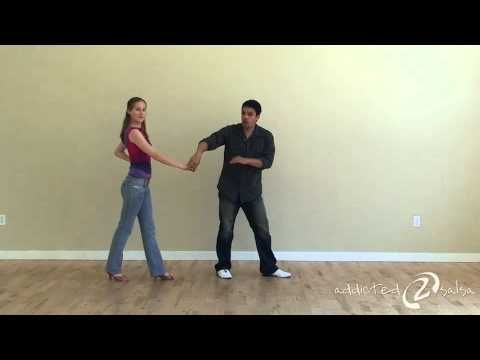 Lots of cross body leads 180s with reverse pivots and Coca-Cola. All of...
Lots of cross body leads 180s with reverse pivots and Coca-Cola. All of...
Fifty Shades of Salsa
In this salsa dance video lesson we will show you a careful neck-turn around combination that you can use at the salsa night club. Be careful with this...
The Bouncy Bounce
In this advanced salsa dance lesson video we show you an advanced combination that utilizes some of the previous basic beginner and intermediate salsa...
Teacups Salsa Dance Move
This salsa dancing lesson video shows you a move that feels very similar to the Teacups Disneyland ride in Los Angeles, CA. It is a mixture of funky...
Lock-n-Load Combo
This salsa dance video lesson we teach you the "Lock and Load" salsa dance combination. It is an advanced move, and therefore we will be teaching it...
Lock Twirl Hand Switch Salsa Dance Move
In this salsa dance video episode we will teach you the Lock-Twirl hand switch salsa dance combo move. Thank you very much for following and supporting.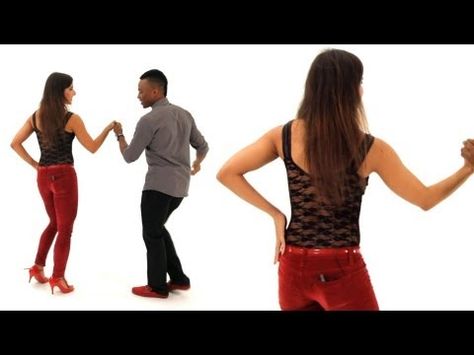 ..
..
More Advanced Salsa Dance Moves
Thank you for coming back to addicted2salsa.com for salsa dance videos. We are now back with a new salsa dance video. For this salsa dancing move, we...
Salsa Shines in Social Dancing
In our never ending quest to make you better salsa dancers, we made this video to help show you how shines and footwork fit into regular salsa social...
The Patternito
Here is a short salsa dance pattern to get you gives you something different to do after a double handed in-n-out (copa) salsa dance move. After an...
Hand Juggle Slingshot
This salsa dance move is composed of doing a simple hand juggle (which looks like you are doing uppercuts when boxing) in front of the follow, then...
The Hammerlock Flip Move
Salsa Dancing Lesson #62! In this salsa dance lesson we show you a sneaky hammerlock hand trick that you can use at the salsa dance club to keep your...
The Oliver Salsa Turn
In this salsa dance lesson video, Anthony Persaud and Julie Persaud (addicted2salsa) teach you the reverse "around the world" salsa dancing move combination. ..
..
Salsa Dancing Knot Combinations
This salsa dancing video teaches you how to perform a simple Latin knot combination. Knot combinations are not hard, they just need to be executed with...
Cross Body Lead Flick Lock
This advanced salsa dance video lesson will teach you how to perform short but intricate pattern that we call the cross body lead flick lock combo....
Advanced Salsa Dance Hand Flicks
You have been asking for some hand flicks, so hopefully you'll enjoy this video! In this salsa dance video lesson, we'll demonstrate a quick hand pattern...
Men's Styling for Salsa Dancing
The often-requested men's styling for salsa dancing has arrived! Once you have a solid basis for your cross body leads, the next step is to be able...
Mambo Style Salsa Dance Moves
In this episode of Addicted2Salsa Dance Lesson show, we travel a bit to the East Coast in order to show you a very common and popular move to do at...
Advanced Salsa Dancing Moves
A more complicated salsa dance pattern for you to try this week. It is a very long pattern, so take it in strides and small bites. We have named the...
Beginner's Salsa Guide 6: General Recommendations
Which style of salsa is best?
Depending on where you live, there may be several salsa styles to choose from, or you may be limited to one style. There are some differences between the styles that may make one more acceptable to you. But make sure the style is practical, ie. this is a popular style in your city and preferably in other nearby cities. For example, if you learn to dance "on 1", and in your city most people dance "on 2", then you will have fewer partners with whom you can dance.
If there are several popular styles, look at different teachers and different styles before choosing. Look at different dancers and decide "who do you want to dance like". Beginners at the beginning of training are not recommended to learn several styles.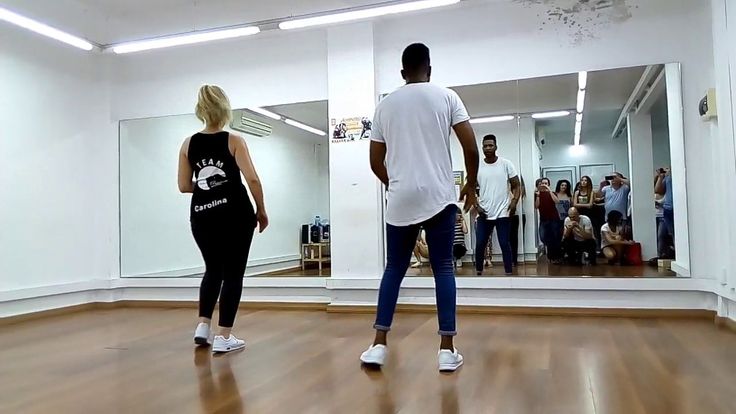 Focusing on one will allow you to learn faster. Learning different styles of salsa can be confusing. As you become an advanced dancer, you can experiment with other styles as well.
Focusing on one will allow you to learn faster. Learning different styles of salsa can be confusing. As you become an advanced dancer, you can experiment with other styles as well.
Remember that many dancers will push you to their own style and claim that it is the best. There is no such thing as a "best" style. But there are favorites. It's up to you to decide which style you like best.
Do I need special footwear and clothing?
No special clothing or footwear is required to attend beginner classes. Just wear comfortable clothing that doesn't restrict movement. It is better if the shoes are with leather soles (shoes with rubber soles are not recommended, because it will not be comfortable for you to rotate in it, but at the beginner level you can come to class in it). Wear less jewelry as it can scratch or hurt your partner.
At a more advanced level, especially for partners who rotate more than partners, we recommend purchasing shoes with a sole that encourages rotation (thin leather or suede soles are ideal). It is better if you practice in the same shoes in which you go to parties. For example, if you wear 2" heels when you go to parties, you should also dance in 2" heels in class to get used to balance.
It is better if you practice in the same shoes in which you go to parties. For example, if you wear 2" heels when you go to parties, you should also dance in 2" heels in class to get used to balance.
If you take dance more seriously or if you practice for a long period of time, you can buy special dance shoes (thin suede soles) that cannot be worn outdoors.
Do I need a partner to learn to dance salsa?
You definitely don't need a partner to learn how to dance salsa. Almost all entry-level classes accept students without partners. If you have a partner, remember that there are some advantages and disadvantages to dancing with the same person all the time.
The advantage of having a partner is that you have someone you can practice with on a regular basis, which is great because it's important to practice a lot. However, practice with only one partner should be avoided. You can get used to leading/following one partner and adapt to his/her mistakes or you will know in advance what to do in advance without reviving the lead (for partners) or you will not know if the lead was clear enough, because the partner will still make a move , because I'm already used to you (for partners). Thus, as soon as you start dancing with someone else, you may run into problems. While developing lead and follow, it is better to dance with as many different partners/partners as possible.
Thus, as soon as you start dancing with someone else, you may run into problems. While developing lead and follow, it is better to dance with as many different partners/partners as possible.
I have two left legs. I'm not sure what dancing is for me...
Sorry, no excuses accepted. It seemed to many great dancers at the beginning of their training that they had two left legs, and this despite the fact that they subsequently won dance competitions! True, some dancers take longer to learn, but eventually everyone will be able to learn to dance. Salsa training takes time and dedication. You may only love dancing after you get good at it, but if you never try, you'll never know what you've missed.
Author: Ziv Kenet. Editors: Tricia Meikle and Rose Knows
Beginner's Salsa Guide: An Introduction
Beginner's Salsa Guide 1: Ways to Learn
Beginner's Salsa Guide 2: What are we going to learn?
Beginner's Salsa Guide 3: How to Choose a Teacher
Beginner's Salsa Guide 4: The Learning Process
Beginner's Salsa Guide 5: Practical Tips
Beginner's Salsa Steps Cheat Sheet
Rules for protecting information about users of the site bachata-salsa.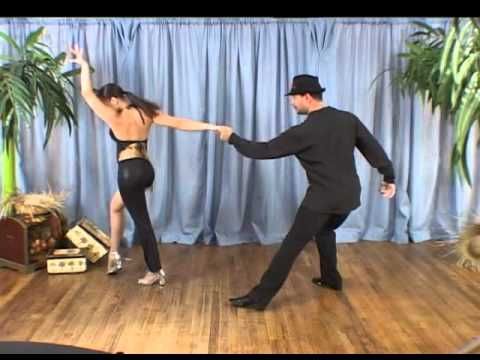 ru
ru
1. General provisions
1.1. These Rules are an official document of IP Sobiray Pavel Evgenievich (hereinafter referred to as the Site Administration), and determine the procedure for processing and protecting information about individuals using the services of the bachata-salsa.ru/ website (hereinafter referred to as the Site) and its services (hereinafter referred to as users).
1.2. The purpose of these Rules is to ensure proper protection of information about users, including their personal data, from unauthorized access and disclosure.
1.3. Relations related to the collection, storage, distribution and protection of information about users of the Site are governed by these Rules, other official documents of the Site Administration and the current legislation of the Russian Federation.
1.4. The current version of the Rules, which is a public document, is available to any Internet user by clicking on the link bachata-salsa.ru/. The Site Administration has the right to make changes to these Rules. When changes are made to the Rules, the Site Administration notifies users of this by posting a new version of the Rules on the Site at a permanent address no later than 10 days before the relevant changes come into force.
The Site Administration has the right to make changes to these Rules. When changes are made to the Rules, the Site Administration notifies users of this by posting a new version of the Rules on the Site at a permanent address no later than 10 days before the relevant changes come into force.
1.7. By using the Site, the User agrees to the terms of these Rules.
1.8. If the User disagrees with the terms of these Rules, the use of the Site and its services must be immediately terminated.
2. Terms of use of the Site
2.1. When providing services for the use of the Site and its services (hereinafter referred to as the Site Services), the Site Administration, acting reasonably and in good faith, believes that the User:
has all the necessary rights to allow him to register and use this Site; indicates reliable information about himself in the amount necessary to use the Services of the Site; familiarized with these Rules, agrees with them and assumes the rights and obligations specified in them.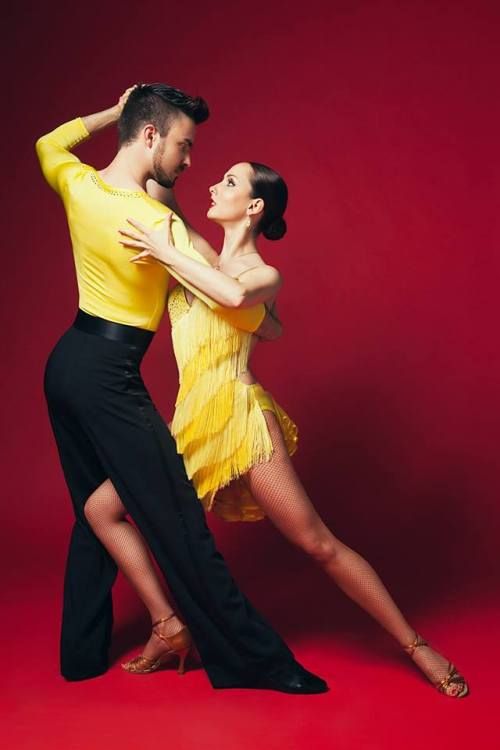
2.2. The Site Administration does not verify the accuracy of the received (collected) information about users, except in cases where such verification is necessary in order to fulfill the obligations of the Site Administration to the user.
3. Purposes of information processing
The Site Administration processes information about Users, including their personal data, in order to fulfill the obligations of the Site Administration to Users regarding the use of the Site and its services.
4. Composition of information about users
4.1. Users' personal data Users' personal data includes:
4.1.1. provided by the Users and the minimum required for registration on the Site: first name, last name, mobile phone number and/or email address;
5. Processing information about users
5.1. The processing of personal data is carried out on the basis of the principles:
a) the legality of the purposes and methods of processing personal data;
b) good faith;
c) compliance of the purposes of processing personal data with the purposes predetermined and declared during the collection of personal data, as well as the powers of the Site Administration;
d) compliance of the volume and nature of the personal data being processed, methods of processing personal data with the purposes of processing personal data;
5.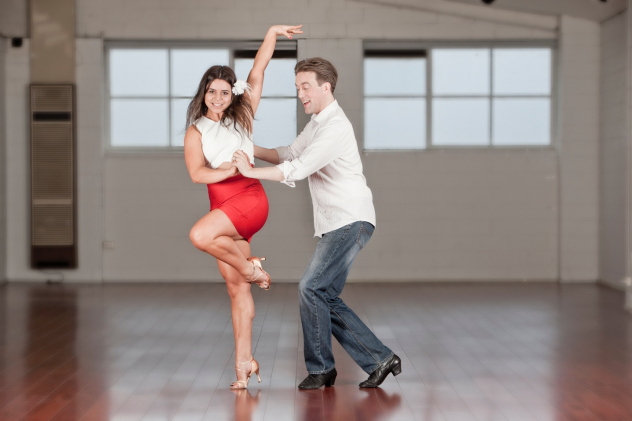 1.1. Collection of personal data
1.1. Collection of personal data
Collection of the User's personal data is carried out on the Site when paying for the service.
Personal data provided for in clause 4.1.1. of these Rules are provided by the User and are the minimum required for identification.
5.1.2. Storage and use of personal data
Personal data of users is stored exclusively on electronic media and processed using automated systems, except in cases where manual processing of personal data is necessary in connection with the fulfillment of legal requirements.
5.1.3. Transfer of personal data
Users' personal data are not transferred to any third parties, except as expressly provided for in these Rules.
If the user is indicated or if the user consents, it is possible to transfer the user's personal data to third parties-contractors of the Site Administration, subject to the obligation of such counterparties to ensure the confidentiality of the information received, in particular, when using applications.
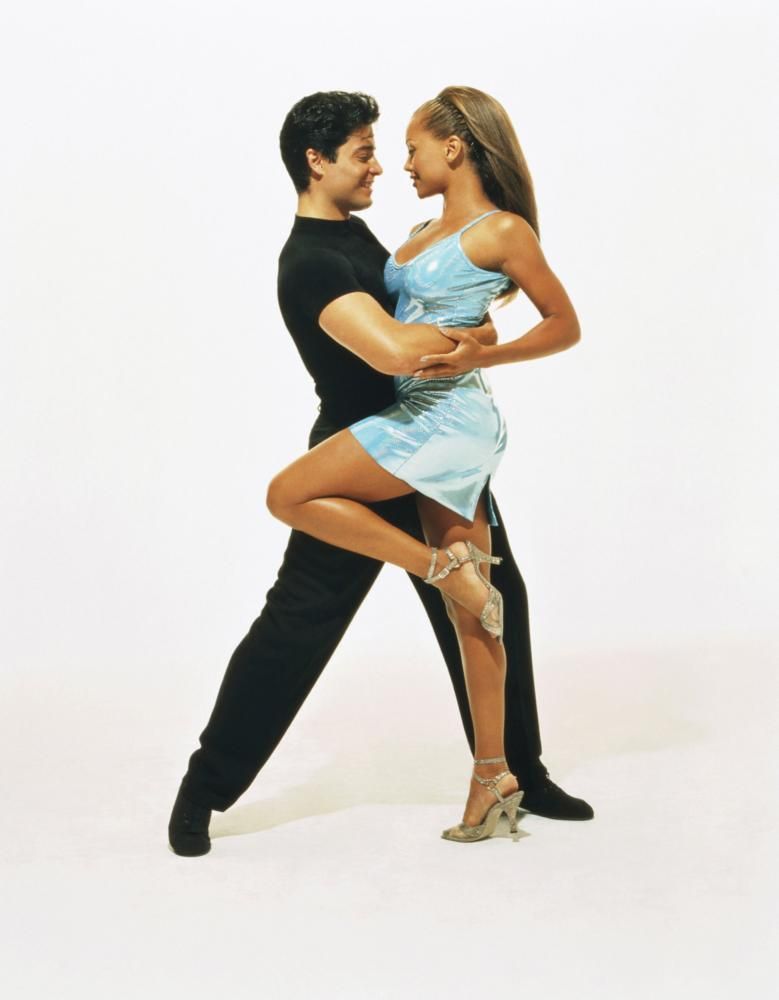 Well, believe it or not, an advanced salsero’s confidence is often rooted in his or her ability to “react” to the rhythm by dancing slightly behind it.
Well, believe it or not, an advanced salsero’s confidence is often rooted in his or her ability to “react” to the rhythm by dancing slightly behind it.
 In fact, when we say “dance behind the beat,” we mean: “delay your weight transfer until very slightly after the beat passes.” We leave it to you to decipher the phrase “very slightly after” – this could mean one-tenth of a beat, or slightly more, slightly less. Perhaps you should time your foot to touch the floor right on the beat, which would mean your weight transfer occurs slightly thereafter. This is all a matter of interpretation, and frankly, developing the skill requires more a change in “mindset” than a conscious change in timing.
In fact, when we say “dance behind the beat,” we mean: “delay your weight transfer until very slightly after the beat passes.” We leave it to you to decipher the phrase “very slightly after” – this could mean one-tenth of a beat, or slightly more, slightly less. Perhaps you should time your foot to touch the floor right on the beat, which would mean your weight transfer occurs slightly thereafter. This is all a matter of interpretation, and frankly, developing the skill requires more a change in “mindset” than a conscious change in timing. com/subtle_timing_issues.htm
com/subtle_timing_issues.htm By contrast, the smoother, more advanced dancers will probably be the ones that react to the music by holding their timing behind the rhythm.
By contrast, the smoother, more advanced dancers will probably be the ones that react to the music by holding their timing behind the rhythm.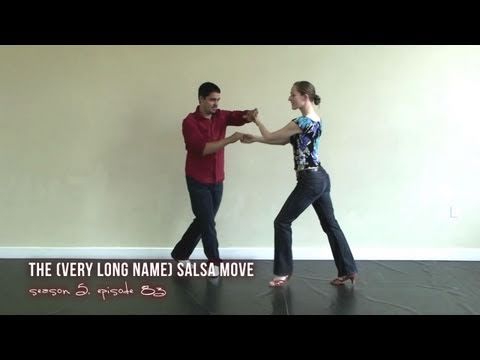 Beginners and intermediates tend to finish turns exactly on “3” and “7,” which can make their dancing appear rushed or even robotic. It’s actually better from a smoothness standpoint to finish turns some time after the “3” and “7.” In addition, pay particular attention to your timing after completing the turn. Don’t rush it! Step back into the basic slightly behind the beat (the “5” for the man, the “1” for the woman). You will experience the sensation of having much more time for spins; which in turn, will help to you relax and more smoothly execute the more complex patterns as well!
Beginners and intermediates tend to finish turns exactly on “3” and “7,” which can make their dancing appear rushed or even robotic. It’s actually better from a smoothness standpoint to finish turns some time after the “3” and “7.” In addition, pay particular attention to your timing after completing the turn. Don’t rush it! Step back into the basic slightly behind the beat (the “5” for the man, the “1” for the woman). You will experience the sensation of having much more time for spins; which in turn, will help to you relax and more smoothly execute the more complex patterns as well! This is because the music-dancer dynamic is analogous to the leader-follower dynamic – both relationships are characterized by guidance and reaction. So what we advocate is this: in addition to the man dancing slightly behind the rhythm of the music, it is even more important that the woman dance slightly behind the tempo of the man!
This is because the music-dancer dynamic is analogous to the leader-follower dynamic – both relationships are characterized by guidance and reaction. So what we advocate is this: in addition to the man dancing slightly behind the rhythm of the music, it is even more important that the woman dance slightly behind the tempo of the man! This is because the woman is trying to arrive at her next step at the same time that she is receiving the signal of where that step should be. Thus, much of what she does is actually anticipating, not following. However, if the woman first waits for the lead and then reacts to it, she will know exactly where to go.
This is because the woman is trying to arrive at her next step at the same time that she is receiving the signal of where that step should be. Thus, much of what she does is actually anticipating, not following. However, if the woman first waits for the lead and then reacts to it, she will know exactly where to go. e. if he wants her to step in place, or even step forward. In fact, an advanced leader would indicate that he wants his partner to step anywhere other than back on “1” as early as the previous “7,” because he knows that his follower has to be given ample notice to avoid that default basic step. Advanced leaders almost always “lead early,” and for just this reason.
e. if he wants her to step in place, or even step forward. In fact, an advanced leader would indicate that he wants his partner to step anywhere other than back on “1” as early as the previous “7,” because he knows that his follower has to be given ample notice to avoid that default basic step. Advanced leaders almost always “lead early,” and for just this reason.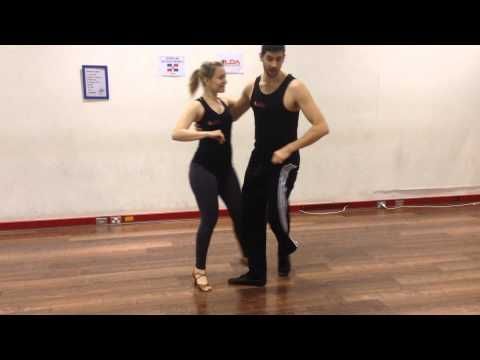 By dancing behind her partner’s rhythm, she more astutely senses his lead, which makes it far less likely that she will ever step or move in a manner that interrupts the partner connection. The result? A more relaxed “feel;” a more confident presence; smoother moves; tighter turn patterns; and more creative and dynamic styling when you partner dance – all thanks to a rhythmic “trick” that essentially allows both of you to extract more “time” from the music itself.
By dancing behind her partner’s rhythm, she more astutely senses his lead, which makes it far less likely that she will ever step or move in a manner that interrupts the partner connection. The result? A more relaxed “feel;” a more confident presence; smoother moves; tighter turn patterns; and more creative and dynamic styling when you partner dance – all thanks to a rhythmic “trick” that essentially allows both of you to extract more “time” from the music itself.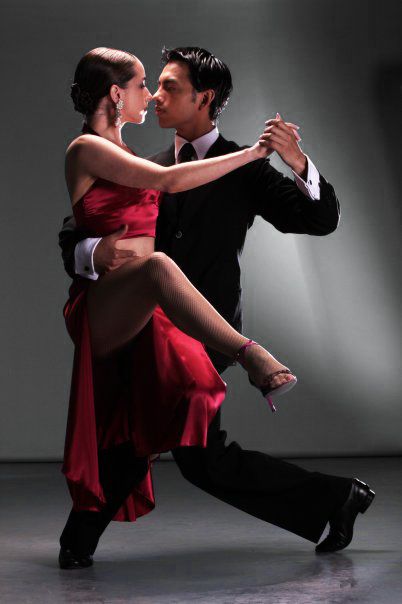 Just as the water-skier (the woman) is towed behind the boat (the man), the follower allows the leader to pull or guide her toward her next step. Until there is some tension on the rope (the lead), there simply isn’t anywhere for the skier to go. Therefore, just as the man is dancing slightly behind the beat of the music, the woman is dancing slightly behind the lead of the man. First, the engine, then the boat, then the water-skier – all moving at the same speed, but staggered slightly behind one another’s timing.
Just as the water-skier (the woman) is towed behind the boat (the man), the follower allows the leader to pull or guide her toward her next step. Until there is some tension on the rope (the lead), there simply isn’t anywhere for the skier to go. Therefore, just as the man is dancing slightly behind the beat of the music, the woman is dancing slightly behind the lead of the man. First, the engine, then the boat, then the water-skier – all moving at the same speed, but staggered slightly behind one another’s timing.
